Giro d'Italia: Bologna TT a fight for every second – Preview
2.1km climb to San Luca a painful but dramatic start to the 2019 Corsa Rosa
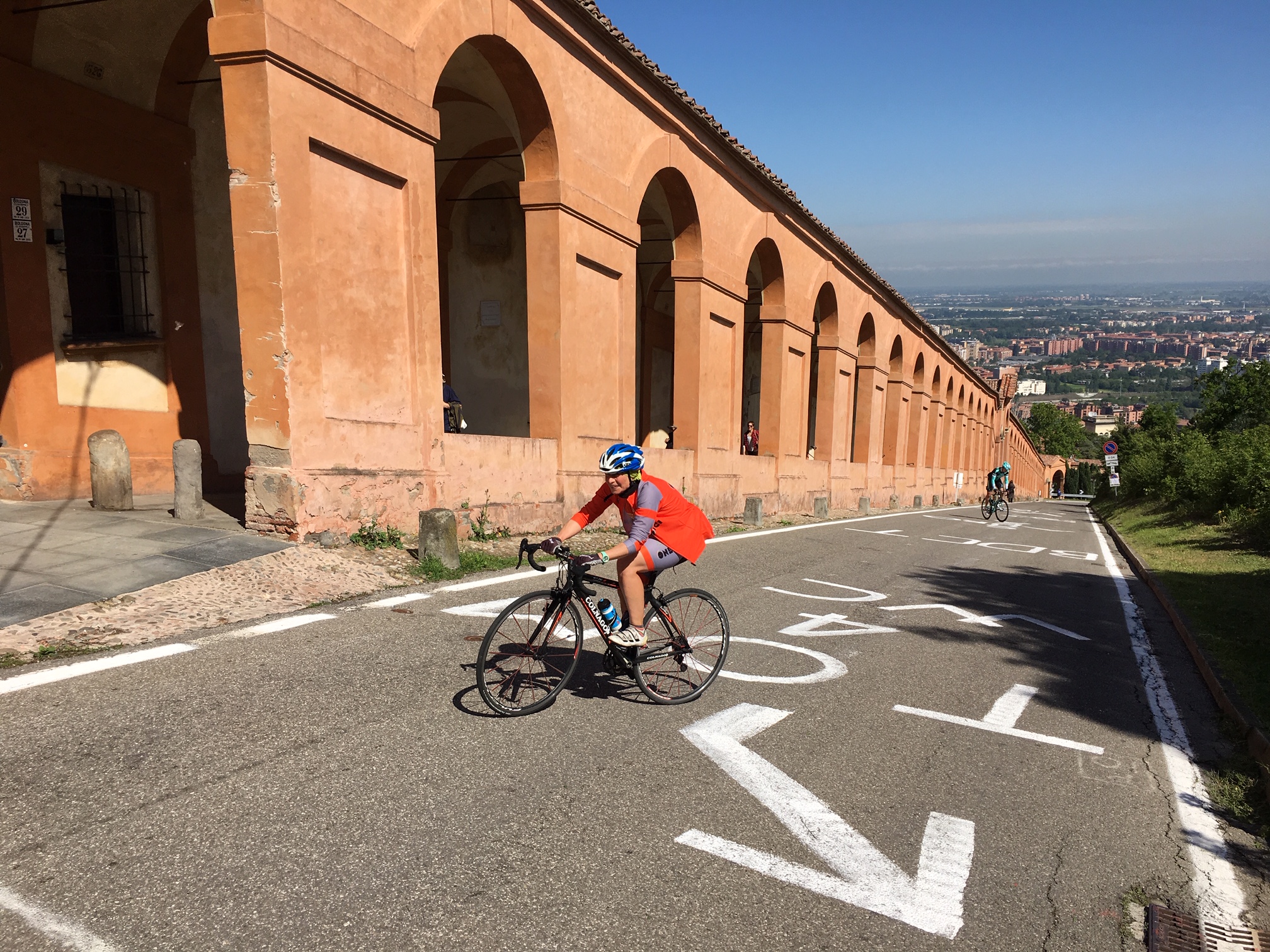
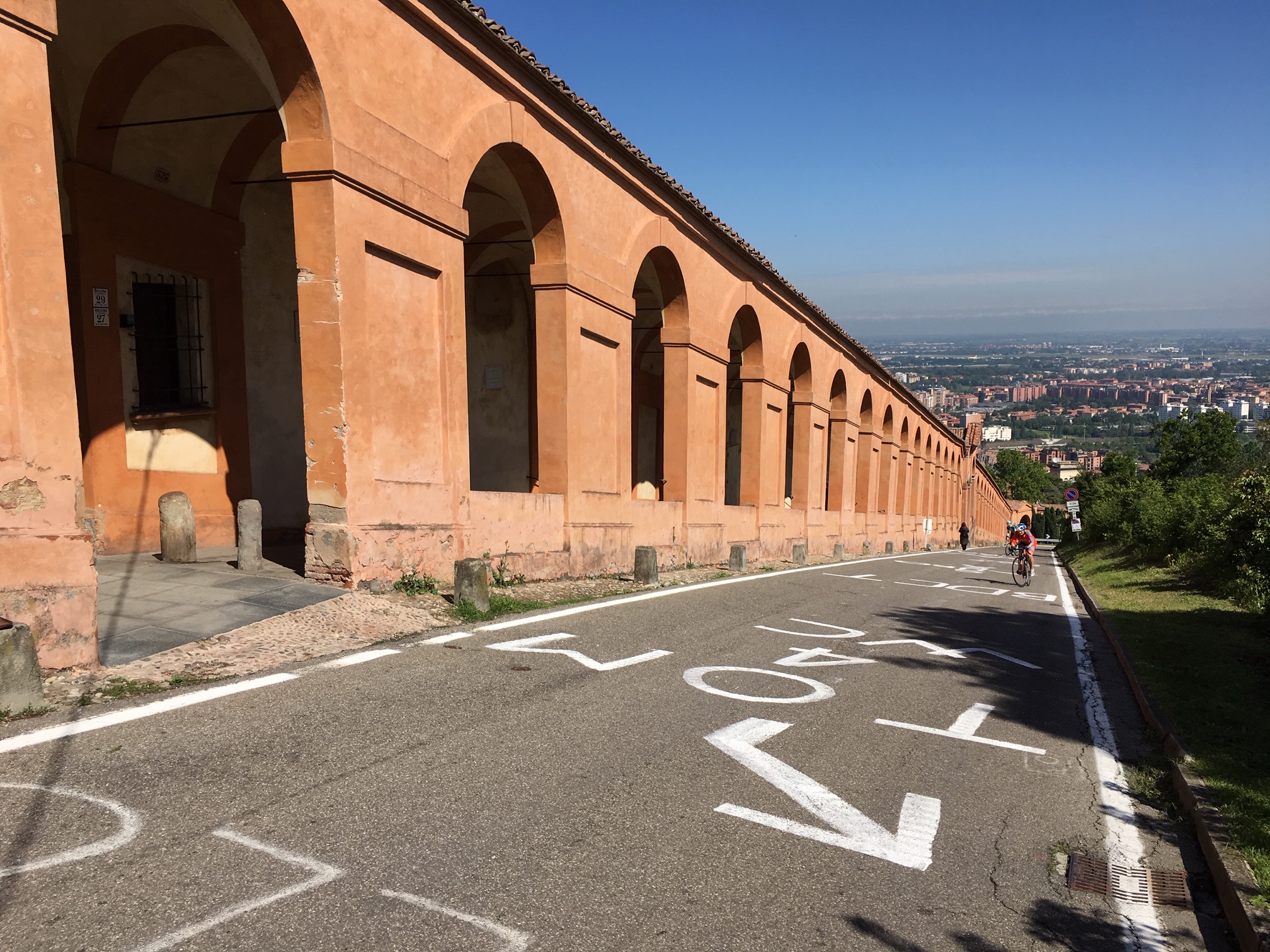
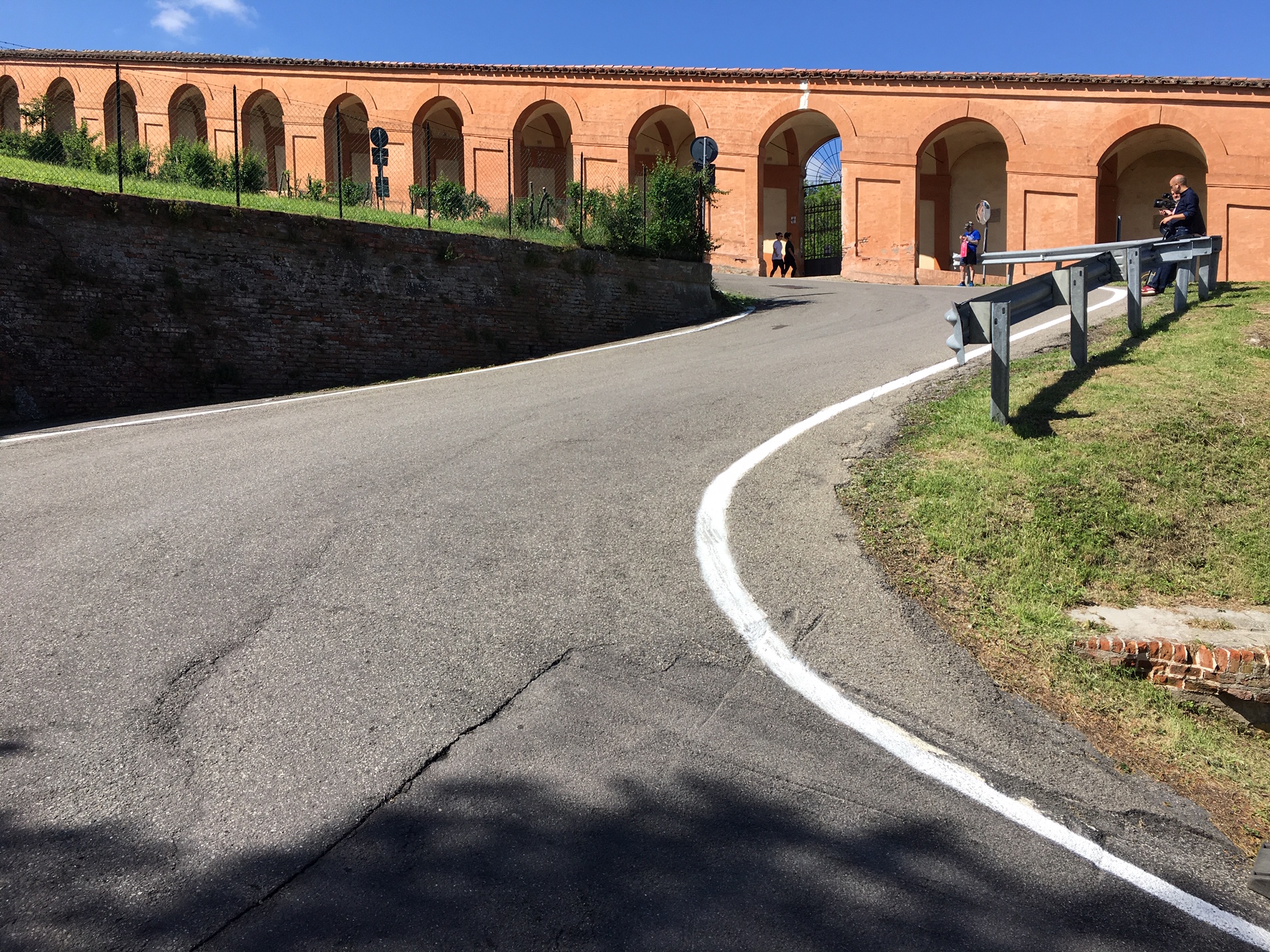
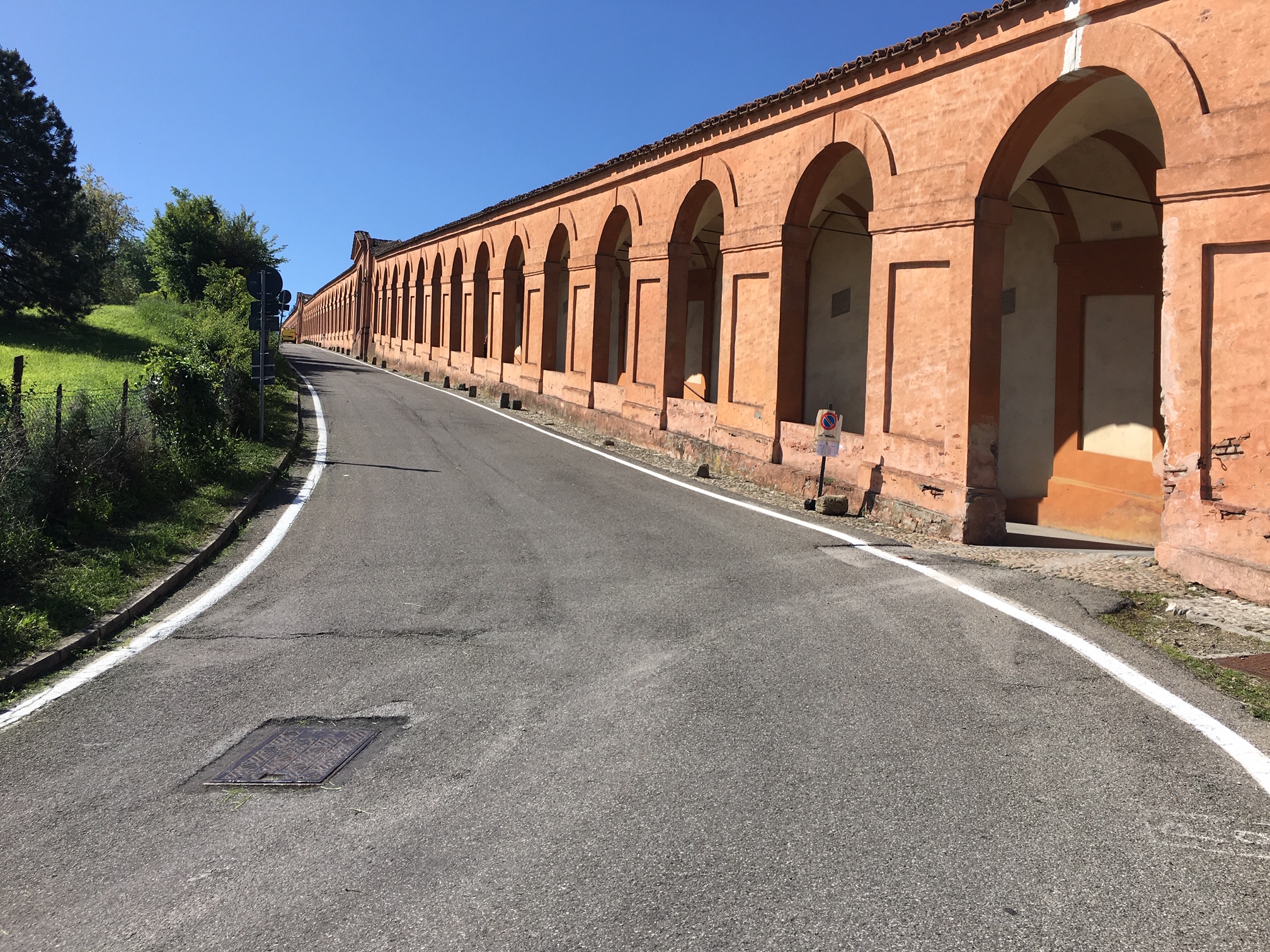
The 2019 Giro d'Italia begins with an individual time trial on Saturday evening but the eight kilometres from the centre of Bologna to the Santuario di San Luca is far more complex than a prologue and far more important than most opening stages due to the impact the intense effort will have on the overall classification.
Since arriving in Bologna on Wednesday, the riders have been unable to ignore the red brick Santuario overlooking Bologna from the hilltop to the south of the city. As the hours tick down to the start of the 102nd Giro d'Italia, they know they will face a moment of pure pain during the 2.1km, 9.7 per cent climb.
Tom Dumoulin (Team Sunweb) surprisingly starts first at 4:50 pm local time to try to avoid possible thunderstorms, and so he could spend the next three hours in the hot seat, waiting to see if anyone can beat his time. His rivals for the stage victory include Primoz Roglic (Jumbo-Visma), Ilnur Zakarin (Katusha-Alpecin), Bob Jungels (Deceuninck-QuickStep), Pavel Sivakov (Team Ineos), while Vincenzo Nibali (Bahrain-Merida), Mikel Landa (Movistar) and others will try to limit their losses.
Nibali holds the Strava record for the San Luca climb, having set a time of 5:26 during the 2017 Giro dell'Emilia. That record is expected to be smashed on Saturday. But only one rider can win the stage, pull on the first leader's maglia rosa and look down on all his rivals from the top of the first general classification. Defeat will perhaps be more psychological than chronological but every second always weighs heavily on the first day of racing.
The secrets of the 666 porticato archway
The Bologna time trial is a race of two very different, very technical halves.
The stage starts in the Piazza Maggiore, in the very heart of Bologna, near the two leaning Asinelli and Garisenda towers. The first six kilometres are on flat, fast roads and will be covered at over 50km/h. The road up to San Luca begins with just two kilometres remaining, at the Meloncello arch, with the riders approaching from the right. They are cruelly forced to slow to take a sweeping right curve onto the steep lower slopes of the 2.1km climb to San Luca.
The road up to the finish is accompanied by 666 arches of the covered walkway known as the 'porticato'. Bologna has 38km of the covered walkways that were originally created to expand the buildings of the city and protect from the rain of the winter and the heat of the summer.
Get The Leadout Newsletter
The latest race content, interviews, features, reviews and expert buying guides, direct to your inbox!
The road up to San Luca is accompanied all the way by the porticato walkway, with pilgrims and visitors walking up to the Santuario at the summit, suffering on the many steps. Every year since 1433, a Byzantine Madonna and Child statue is carried in procession down and then back up to San Luca during Ascension week. On Saturday the tifosi will be hanging out of the arches as they cheer on each of the 176 riders in the Giro d'Italia.
The 2.1km climb varies in gradient and switches under the 'porticato' arches several times. After a steep first section at 13.6 per cent, the gradient eases to nine per cent. After a kilometre of climbing the road flattens very briefly as it passes under the arches. However, following it is the 'curva delle orfanelle or "orphan's corner", a nasty S-bend and the steepest section of the climb at 16 per cent. It is a leg breaker, with nowhere to hide due to another long steep section along the arches.
The worst is done at this point but the road continues to climb and there is nowhere to recover until the entrance to the red Santuario. The finish line has been positioned just over the top, forcing the riders to sprint is as big a gear as possible to gain or save every last second.
The San Luca climb hosts the finish of the Giro dell'Emilia race every autumn, with the riders climbing up along the arches five times. Only the best climbers fight for victory on the final climb to the summit.
Saturday's time trial will be the fourth time that the Giro d'Italia has ridden up to San Luca. The first in 1956 – in a three-kilometre time trial - was won by legendary climber Charly Gaul. The hero of the day was Fiorenzo Magni, who is remembered for climbing San Luca while pulling his bars with an inner tube in between his teeth to limit the pain of a fractured collarbone. Incredibly Magni rode on in the 1956 Giro d'Italia, finishing second overall behind Gaul.
In 1984 Moreno Argentin won the road race stage to the summit. Simon Gerrans did the same in 2009 when a young Chris Froome attacked after the 'curva delle orfanelle' but quickly blew up and was caught and passed by Gerrans.
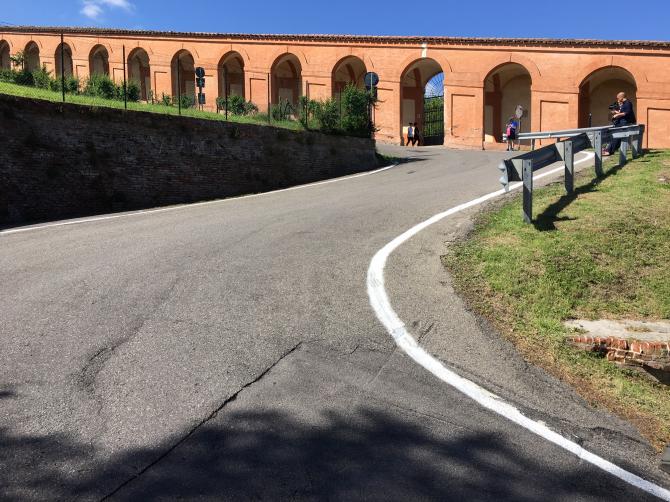
Start times and bike tech choices
This year's winner will be a talented timer triallist and likely an overall contender. It seems a perfect stage for Dumoulin or Roglic. The weather is expected to worsen during the day, with thunderstorms possible for the evening. Nobody wants to race in the rain and risk wheels slipping on the climb on wet roads, and so most team leaders will start in the first slot of their team on the start list.
Dumoulin will be the first off at 4:50 pm CET. Miguel Angel Lopez (Astana) follows a few minutes after, at 4:54 pm, Bob Jungels (Deceuninck-QuickStep) is at 4:56 pm, Vincenzo Nibali (Bahrain-Merida) at 4:58 and Primoz Roglic (Jumbo-Visma) at 5:01 pm. Tao Geoghegan Hart is the first rider to start for Team Ineos at 5:11 pm, with teammate Pavel Sivakov starting at 5:33 pm.
Only Simon Yates has opted for a more traditional late start, with Mitchelton-Scott not convinced by contrasting weather forecasts. Seeing how all his overall rivals perform could give Yates an advantage or prove to be a big mistake.
Luck, the weather and the clock will reveal who is right.
Several riders did an extra reconnaissance ride on Friday to decide on their equipment choices for the time trial and the road to San Luca is closed for a final recon ride is closed between 1:45 and 3:20 CET.
Most of the leading riders have decided against switching from a time trial bike to a climbing road bike for the climb to San Luca due to the short distance of the flat roads and the time lost and dangers of a bike change. Riders are now used to riding their time trial bikes on hilly terrain and will no doubt try to stay in an aero position even on parts of the climb and then dance on the pedals for the steepest sections.
In case of any bike changes, the UCI race commissaries have created a bike change zone on the right of the road until 50 metres before the start of the climb. A race communique states that "the rider may be pushed by a mechanic for a maximum of 10 metres." Any bike for a change has to come from the lead team car and not from the roadside.
Bike weight will be a vital factor for the time trial, with team mechanics sourcing lightweight components to ensure bikes are as close to the 6.8kg limit as possible. All the bikes will be checked for weight and dimensions before the stage.
Some riders may opt to use deep section wheels rather the more aerodynamic but heavier disc wheels as they fight to save every possible second on their personal painful pilgrimage up to the Santuario di San Luca.

Stephen is one of the most experienced member of the Cyclingnews team, having reported on professional cycling since 1994. He has been Head of News at Cyclingnews since 2022, before which he held the position of European editor since 2012 and previously worked for Reuters, Shift Active Media, and CyclingWeekly, among other publications.